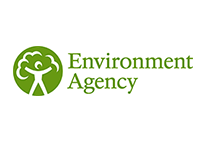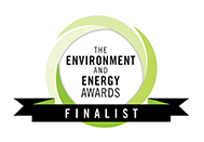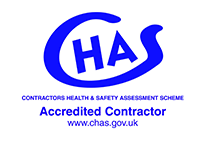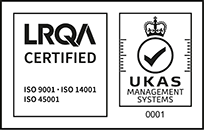Call us free on 0808 168 9540
Call us free on 0808 168 9540

Our air quality impact assessment consultants provide services for a range of industries in Sussex, London, Surrey and Kent. Get in touch with our air quality assessment experts for your free consultation.








Demolition, remediation, site preparation and construction are phases that are easily overlooked during a development programme, as they generally represent a fraction of a scheme’s lifecycle.
If air quality assessments for planning and construction are not effectively conducted to assess the potential effects of these phases on air quality with plans for mitigation put in place, then they can cause highly significant local effects. For the majority of construction projects, emissions of dust are the greatest concern in terms of air quality impacts.
Emissions of toxic gasses, vapours and fine particulate matter can also be significant, particularly on contaminated brownfield sites. Consideration of construction phase effects is also a requirement of the Environmental Impact Assessment Regulations.
It is necessary to assess, model, predict and/or monitor emissions to the atmosphere during the phases of a development project before it is occupied and becomes operational.
In addition to the models and assessment tools used for industrial and vehicular emissions, as air quality assessment consultants, we have the capability to provide these additional air quality impact assessment services for a wide range of development projects.
Guidance published by the Institute of Air Quality Management separates emissions from construction activities into a number of distinct source groups or phases, which include:
There is also specific guidance for minerals works, which often use similar plants carrying out similar tasks to those associated with large construction earthworks.
Dust impacts on vegetation and ecologically sensitive areas also need to be considered. However, the lower sensitivity of such habitat usually makes it more resistant to the much lower concentrations and rates of deposited dust that can potentially cause health impacts in humans or cause nuisance effects.

Emissions from road traffic are the most significant reason for the declaration of Air Quality Management Areas (AQMAs) by local authorities across the UK. This is usually due to housing being located close to roads in many urban areas.
For this reason, air quality strategy and management issues are a material consideration during the planning process. It is, therefore, often a requirement of the local planning authority that an air quality impact assessment should be undertaken for any development that proposes to either introduce sensitive receptors or generate traffic to areas where air quality is a concern.
There are a variety of air quality assessment tools that we use to assess the impacts on and sensitivities to various development proposals. These include screening tools developed from empirical relationships between traffic volume and distance of sensitive receptors from busy roads, to more complex computational dispersion models requiring detailed meteorological data as an input (e.g., Breeze Roads and ADMS Roads).
The most common air quality monitoring and assessment methods we use include the following:
Contact our team of air quality assessment consultants today to discuss your needs for your upcoming construction project.










